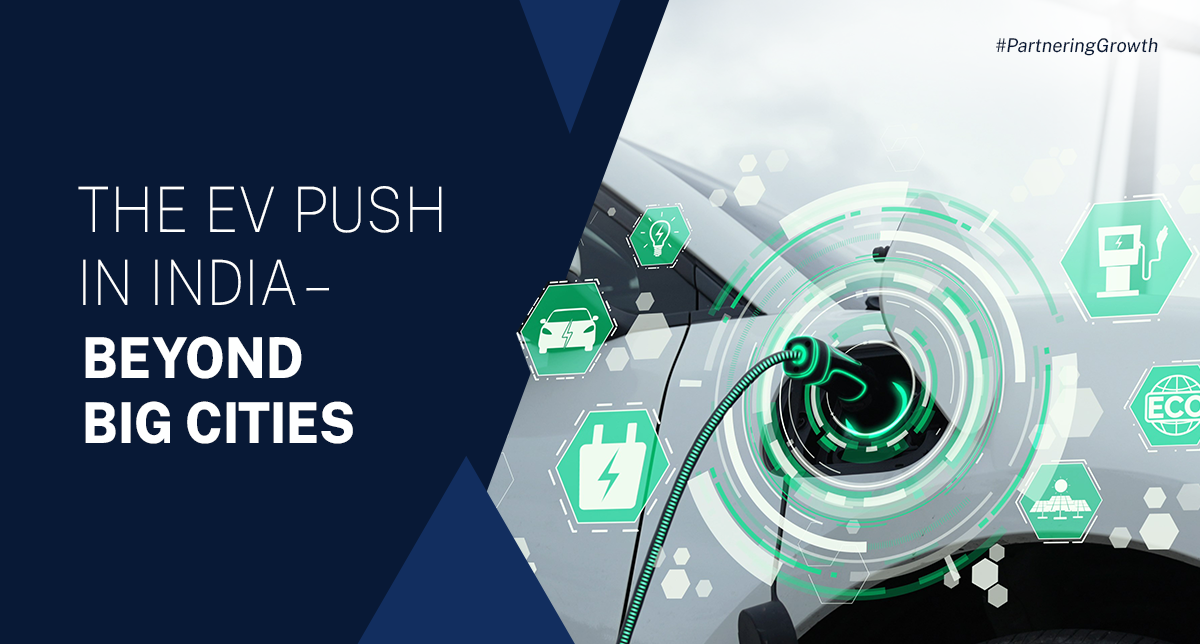


India’s electric vehicle (EV) adoption has gained significant momentum in recent years, mainly due to demand from cities, government incentives, and rising consumer awareness. However, the next phase of growth hinges on one key question: can EVs expand beyond urban areas into Tier 2 and Tier 3 cities and, eventually, rural India? The answer will determine not only the future of sustainable mobility but also the future of India’s energy transition, manufacturing sectors, and inclusive growth. Urban Uptake Is Only the Beginning According to the Ministry of Heavy Industries, over 1.2 million EVs were sold in India in FY2023, marking year-on-year growth of more than 150 percent. However, a large part of this growth remains concentrated in urban and peri-urban areas. Why the Real Potential Lies Beyond Electric two-wheelers already make up over 50% of total EV sales. Their presence in smaller towns is increasing as battery costs drop and financing becomes more available. In states like Uttar Pradesh, Bihar, and Odisha, e-rickshaws have naturally become key to last-mile mobility. With focused policy support, these trends can spread to new areas. Enablers for Non-Metro EV Adoption Affordable financing: Access to credit remains a challenge, especially for informal workers and small businesses. Collaborations between NBFCs, fintech firms, and manufacturers can help address this issue. Strong after-sales support: Trust in new technology relies on accessible maintenance and service networks. Building local capacity through training programs and service centres will be essential. Policy support at the state level: States like Tamil Nadu, Maharashtra, and Telangana have launched EV-friendly policies. Extending these initiatives to emerging states with significant rural mobility needs can speed up adoption. A Green Opportunity at Scale India has the chance to reshape global mobility by proving that electric adoption is possible beyond high-income urban areas. If the right measures are taken, the next wave of growth could come from regions that the EV industry initially overlooked.
In cities like Delhi, Bengaluru, Pune, and Hyderabad, electric two-wheelers and e-rickshaws have made their mark. Incentives from the FAME II scheme, local government requirements for fleet electrification, and better charging infrastructure have supported this initial growth.
Nearly 65% of India’s population lives outside major cities, where mobility needs are rising quickly. These regions heavily rely on two-wheelers, three-wheelers, and small commercial vehicles, areas where electrification can provide both environmental and economic benefits.
To grow EV adoption outside big cities, several key factors must align:
Localised charging infrastructure: Fast-charging stations in cities need to be matched with affordable, stable chargers in semi-urban and rural areas. Models like battery swapping and solar-powered charging kiosks hold promise.
Decentralising the EV movement will not only ease urban congestion and curb emissions, but it will also create jobs in battery assembly, fleet operations, and local maintenance hubs. This model can connect economic opportunity with environmental care.